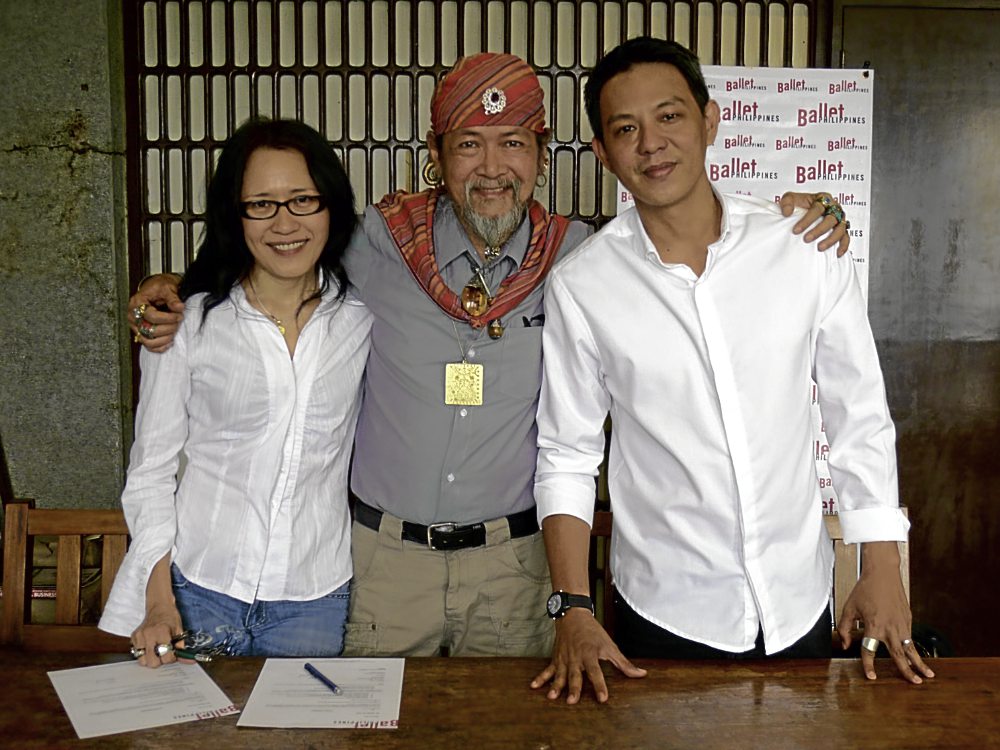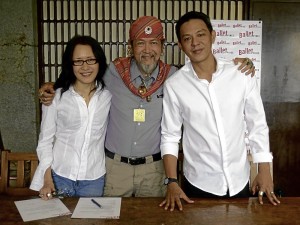
Ballet Philippines stages “Anting” for its “Neo-Filipino” series this September. The series features new works by Filipino choreographers and allows them a venue to tackle issues and experiment with form and choreography.
“‘Anting’ explores the world of talismans and amulets of Filipino magical traditions,” says BP artistic director Paul Morales. “It’s made up for four separate movements, each depicting a specific kind of amulet and its powers.”
The libretto is by playwright Tony Perez, also known as the author of a series of books on how to cast spells and perform Wiccan rituals. He is also popularly known as the founder of Spirit Questors, a group of psychics who “communicate with earthbound human spirits and elementals.”
‘Magick’
Perez explains that anting is the street term for anting-anting (talismans). “‘Anting’ touches on indigenous Philippine magickal [sic] systems practiced from the time of the Katipunan to the present day.”
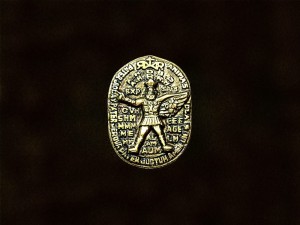
He notes, however, that Filipinos have been practicing these forms of “magick” since the pre-Hispanic era. “The mumbaki in the North and the babaylanes in the South; to when oraciones [prayers] were composed and distributed during the Spanish colonial period; to the continued practice of faith healers in the Cordillera; more than 200 existing cults on Mount Banahaw; and the numerous groups and individual practitioners until the present time.”
The production will include projections of images of taladros, cloth with magickal patterns and oraciones drawn on and used by albularyos (rural medicine men); medalyones, brass and copper medallions; and anting-anting from Perez’s personal collection, featuring the photography of Hedwig de Leon and video art of Andre Cawagas.
Movements
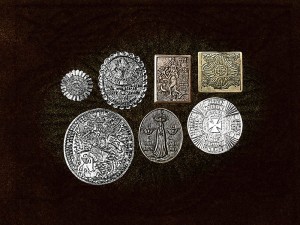
“Nang Wala Pang Mundo,” is a creation story that traces the origins of the Dios Infinito sa Bato medallion. “This medallion is used for empowerment, establishing supremacy over others, escape from/evasion of danger, and enhancement of masculinity,” he says.
In “Sinotris Gentillorum,” a taladro comes to life and showcases the syncretic images of the Blessed Virgin Mary. “Specifically Atris, the Immaculate Conception; Matris, Ang Birheng Nagpapasuso; and Sinotris, La Virgin Milagrosa.”
“Krus ng Alitagtag” shows the legend of the origins of the holy crosses in the churches of Alitagtag and Bauan in Batangas. Krus ng Alitagtag talismans are made from pieces of wood from the crosses and are worn as pendants for protection, power, success, and fame. “Variations of the talismans are set in gold, silver, copper and/or brass. Thousands of Krus ng Alitagtag have circulated over the years, so that it’s difficult to determine which are authentic and which are not.”
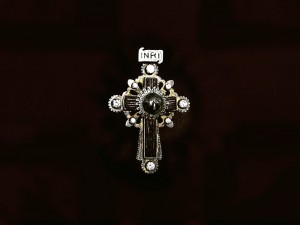
“Haring Bakal” is about a renegade member of the cult of Haring Bakal, a group that originated in Mindanao and was heavily influenced by the warrior rituals and movements of the area’s ethnic groups. “The group is known to have its own distinct taladros and oraciones, and are most widely known for their training to be unaffected by blows dealt with bladed weapons.”
Process
Unlike his involvement in plays in which he attends rehearsals to revise scripts based on actors’ speech patterns, when it comes to dance, “I always give directors and choreographers the freedom and the creative space they need to bring the works to life on stage.”
Each movement will have its own choreographer: Morales; BP associate artistic director Christine Crame; BP alumnus and E-Dance Theater artistic director Gerald Mercado; and Airdance artistic director Ava Villanueva-Ong.
They will work with the music of Jed Balsamo, Jerrold Tarog, Teresa Barrozo and Israel Rodriguez.
Set design by Zard Eguia; costume design by Dennis Maristany; and lighting design by Jonjon Villareal.
“Neo-Filipino: Anting” has six performances at the CCP Little Theater: Sept. 14, 3 and 8 p.m.; Sept. 15, 2 and 6 p.m.; Sept. 16, 3 and 7 p.m. Tickets are at P600 (matinees) and P1,200 (evening shows). Student and senior citizen discounts apply. For tickets, call Ballet Philippines at tel. 5511003, or Ticketworld at tel. 8919999. Visit www.ballet.ph.

